Art + Design in Business
Creativity, innovation, art and design have a positive impact on business performance in every aspect
of business life: things that include…
- the work environment, tools and systems, products, packaging, manufacturing and recycling
- as well as intangibles such as….
- organizational design, management style, policies, procedures, brand management, service delivery,
- and relationships with customers and others.
Art of the Future believes that art and design have a potent impact on organizational performance and that impact will grow
exponentially in the years ahead as rapid commoditization of products and global competition for talent places a premium on
the unique value that this approach adds.
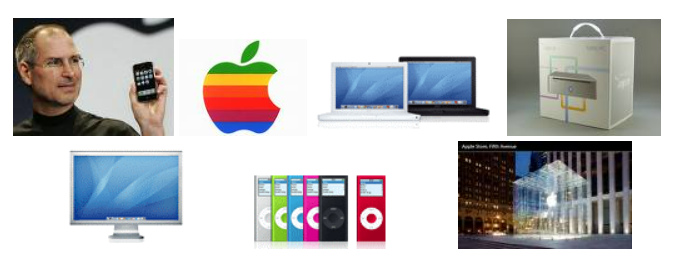
For example, people were willing to pay premium prices for iPods versus generic MP3 players. The design of the
product and the human interface translated to coolness and a “must-have” product. Apple made the
magic happen again with iPhones and iPads. The integration of creativity and imagination along with business saavy may
well point the way to America’s new competitive advantage.

Organizations with an artistic perspective will also hold an edge in attracting and retaining
the best and the brightest talent (a resource pool whose short supply will be aggravated by
the retirement of 86 million baby boomers in the next several years). Attention to the quality
of the work experience will fuel the imagination of these highly sought-after workers.
Talented young people are flocking to Google when they could have their pick of employers.
Why? One answer is the attention Google pays to the employee experience and the integration
of all the components of their business into a unified whole.
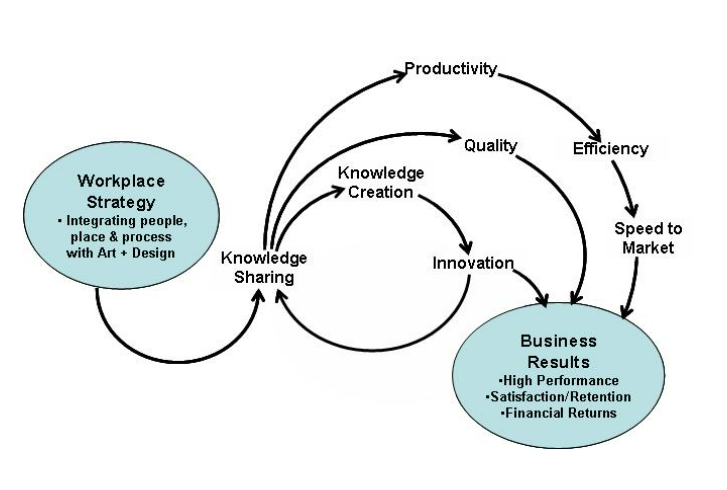
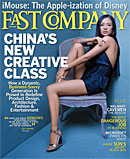
Arts education is essential for our future workforce. In "Tough Choices or Tough Times," the latest report from the New Commission on the Skills of the American Workforce, creative work is at the top of its jobs list. The report states, "This is a world in which a very high level of preparation in reading, writing, speaking, mathematics, science, literature, history and the arts will be an indispensable foundation for everything that comes after for most members of the workforce." The commission is sponsored by the National Center on Education and the Economy. Also, the National Governors Association reports, "Arts-based education is a money- and time-saving option for states looking to build skills, increase academic success, heighten standardized test scores, and lower the incidence of crime among general and at-risk populations.
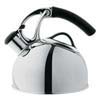

OXO's founder, Sam Farber, chose the name "OXO" because whether it's horizontal, vertical, upside down or backwards, it always reads "OXO." The official pronunciation is "Ox-Oh."
Corporate Design Foundation, a non-profit education and research organization, was founded on the belief that design can make a major contribution both to an individual's quality of life and to a corporation's success, and that both individual and organizational interests can be served through the effective use of the design disciplines: product design, architecture and communication design. Accordingly, our mission is to improve the quality of life and the effectiveness of organizations through design
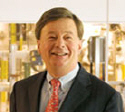
Chairman, President and Chief Executive Officer
Henri A. Termeer was appointed president of Genzyme Corporation in 1983, two years after the company’s founding. He became its chief executive officer in 1985 and chairman in 1988. Under his leadership, Genzyme has grown from a modest entrepreneurial venture to one of the world’s leading biotechnology company.
Can the design of the workplace make a company more productive? The strategic value of architecture is not complex. It really has to do with access and ease of access. In our old space, everybody was behind closed doors. People weren't really aware of one another. Now, I take the stairs down all 12 stories. It's a large open atrium, so I can see all kinds of activity. When we first moved in, people would say, "Wow, we haven't seen you for a long time." Unplanned, informal interactions translate into an absolute increase in decision making, in getting the right people to say, "Yes, let's do it," sooner. Ultimately, a company's ability to compete relates to its ability to make decisions.
One of the world’s foremost biotechnology companies, Genzyme is dedicated to making a major positive impact on the lives of people with serious diseases. Founded in Boston in 1981, Genzyme has grown from a small start-up to a diversified enterprise with annual revenues exceeding $3 billion and more than 9,000 employees in locations spanning the globe.
The Courageous Paradox of Bringing Soul to Life and to Business
A program of the Winston Center for Leadership and Ethics at Boston College
…poses the following questions…
– What are the qualities and physical characteristics that make the places where you live and work more “alive”?
– What is the role of sustainability and common good in your definition of a truly alive place?
– How can you influence your current space or place to make it more “alive”?

Building competitive advantage in our increasingly fast-moving, information-rich world of global access is not easy. For a while, technology was the answer. Engineers developed new technologies, whether a chip or chemistry, that did something wonderful, at least in the eyes of those who came up with it, and their companies rushed it to market and, often, to initial success. But technology alone is not enough. Take, for example, an electronic product laden with features, most of which are never used by the customer. By comparison, today's biggest winners, such as the Palm V or the iPod, went beyond the raw technology; they used design to simplify technology, delivering it to consumers in a way that's meaningful, engaging, and easy to use.
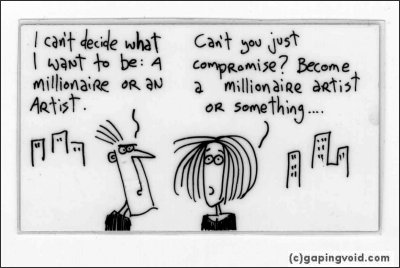
"The mathematician's patterns, like the painter's or the poet's, must be beautiful; the ideas like the colors or the words, must fit together in a harmonious way. Beauty is the first test; there is no permanent place for ugly mathematics....It may be very hard to define mathematical beauty, but that is just as true of beauty of any kind -- we may not know quite what we mean by a beautiful poem, but that does not prevent us from recognizing one when we read it."

Six Strategic Principles for Managers
Sun Tzu on the Art of War
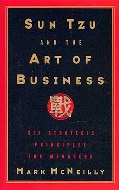
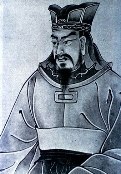
Generally in war, the best policy is to take a state intact; to ruin it is inferior to this... or to win one hundred victories in one hundred battles is not the acme of skill. To subdue the enemy without fighting is the acme of skill.
An army may be likened to water, for just as flowing water avoids the heights and hastens to the lowlands, so an army avoids strength and strikes weakness.
Know the enemy and know yourself; in a hundred battles you will never be in peril
To rely on rustics and not prepare is the greatest of crimes; to be prepared beforehand for any contingency is the greatest of virtues
Therefore, those skilled in war bring the enemy to the field of battle and are not brought there by him.
When one treats people with benevolence, justice and righteousness, and reposes confidence in them, the army will be united in mind and all will be happy to serve their leaders.
A work of art tells us that nature cannot make what man can make.
